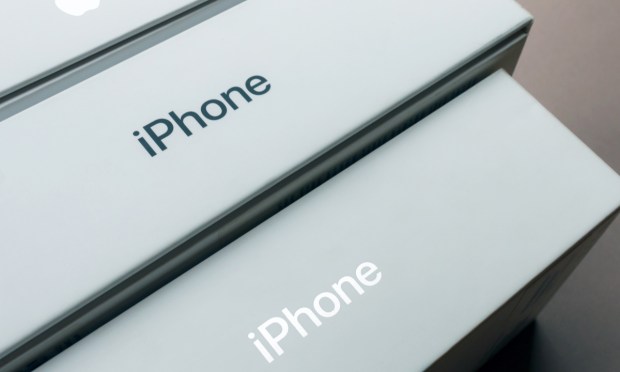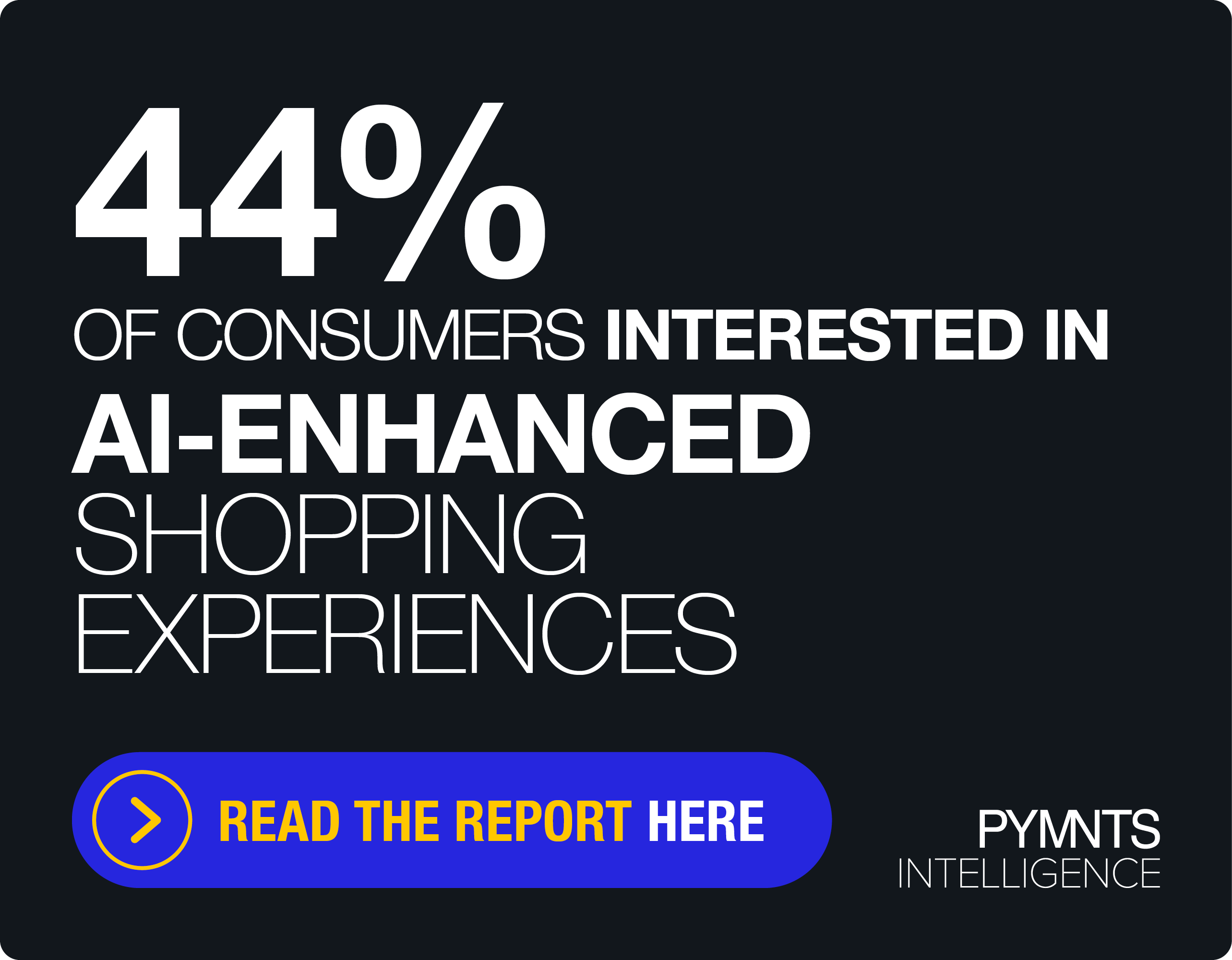Apple to Unveil Pricier Phones as Consumers Avoid Big Ticket Items

This week, Apple will unveil new products that include the fifteenth iteration of its iPhone.
And as a Bloomberg News report Sunday (Sept. 10) notes, that company will once again try to steer shoppers to costlier models to drive revenue.
As the report argues, it’s a trend that goes back to 2017, when Apple hiked the price of the iPhone X after seeing sales plateau the year before.
The strategy has paid off, Bloomberg says, with Apple’s revenue growing about $70 billion in the last seven years, even as yearly iPhone unit sales haven’t moved. When the iPhone 15 debuts on Tuesday (Sept. 12), Apple is expected to offer even pricier iPhones in some markets, with costly components like upgraded cameras and titanium frames.
“The niceties will give users more reasons than ever to splurge on Apple’s priciest phones,” the report says.
It’s not clear, however, how much splurging consumers will be willing to do. As noted here last week, earnings from sellers of non-essential goods suggest that shoppers don’t quite feel ready to freely spend.
For example, Best Buy has seen its sales dwindle throughout 2023. Although the retailer reported higher-than-expected financial results for the second quarter, bringing the year-over-year sales decline down to 6%, it may take a few more quarters before Best Buy returns to recording a profit.
The company’s earnings may reflect a broader consumer sentiment about purchasing big-ticket items amid the current economic climate, per August’s “New Reality Check: The Paycheck-to-Paycheck Report,” a PYMNTS collaboration with LendingClub.
Of all the select “nice-to-have” items surveyed consumers splurged on, furniture and electronics came in last, with just 13% of people spending in this category, compared to health and beauty products (19%) and clothing (36%).
There are some categories where consumers are still willing to spend. For example, consumers living paycheck to paycheck say they are still willing to shell out for quick-service restaurants and streaming services.
In other words, consumers are still likely to use their iPhones to order from Burger King or watch something on Netflix. How many of them will do so on an iPhone 15 remains to be seen.

